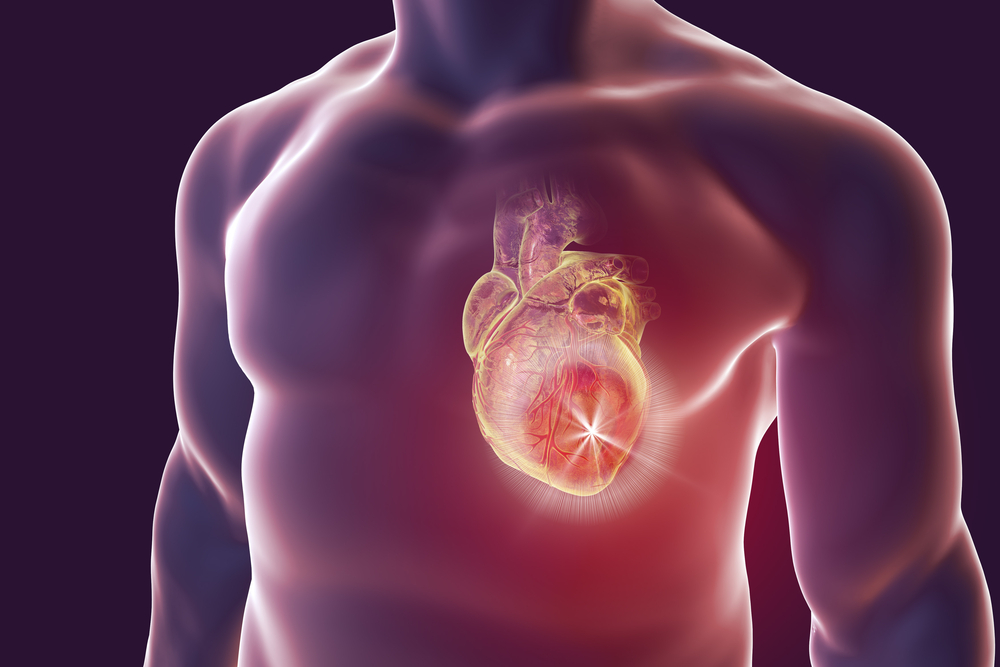
Implementation of injectable Elastin-like recombinamer (ELR) hydrogel in treatments for heart attacks
When a heart attack occurs, it can cause irreversible damage to the cardiac muscle. However, scientists from the University of Galway have found a potential new treatment that could help repair this muscle after a heart attack has occurred. Researchers at Cúram, the SFI research centre for medical devices at University of Galway, and the Bioforge Lab at the University of Valladolid in Spain have developed an injectable hydrogel that, when used shortly after a heart attack, could result in less scarring of the cardiac tissue and an increase in the generation of new blood vessels.
The postischemic microenvironment inspires the entire concept. Pandit lab designed and patented an extracellular matrix (ECM)–mimicking hydrogel using click chemistry, forming covalent bonds between two elastin-like recombinamers (ELRs). The resulting customized hydrogel presents functional domains suitable for cell adhesion and cleavage sites for protease, susceptible to cleavage by matrix metalloproteases overexpressed after MI. In vitro studies showed that the scaffold permitted stromal cell invasion and endothelial cell sprouting. The occurrence of non-transmural infarcts, a myocardial infarction that does not involve the entire myocardium thickness, has increased clinically over the past decade. Currently, there is no treatment to prevent further functional deterioration in the infarcted areas. This study developed a clinically relevant ovine model of non-transmural infarcts induced by multiple suture ligations. 21 days of intervention with intramyocardial injections of the developed degradable ELRs-hydrogel led to the complete functional recovery of ejection fraction compared to relevant controls.
Prof. Abhay Pandit, scientific director of Cúram and project lead, said: “This project involved the development and testing of an elastin-based hydrogel derived from a naturally occurring biomaterial in the human body.” The functional benefits obtained by the timely injection of the ELRs-hydrogel in a clinically relevant MI model support the potential utility of this treatment for further clinical translations.
The hydrogel is based on a family of unique biomaterials, called elastin-like recombinamers, developed at Bioforge Lab. Prof. Pandit said the hydrogel was developed to “mimic the environment around the heart”, following tissue death and then customised to protect and promote regeneration of the cardiac tissue.
Cardiac ischemia induces the necrosis of millions of cardiomyocytes quickly. The consequent acute inflammatory response leads to an irregular remodelling of the ECM and fibrous scar tissue formation. It can lead to heart failure if the injury is large enough. As the ECM Components can modulate the ischemic microenvironment, it is suitable to test the application of an advanced ECM-inspired system in a clinically relevant ischemic model.
Natural elastin is an essential component of the ECM. ELRs are synthetic recombinantly produced polypeptides that mimic natural elastin. These polypeptides present tuneable mechanical properties, are amenable to bioactive customization and can be scaled up. Numerous studies have shown the versatility of ELR-based systems for diverse tissue-engineering applications, and hydrogels have been especially profitable.
The patented invention addresses the treatment of myocardial infarction that induces the reparation of cardiac muscle damaged by the infarct. This project demonstrates the efficacy of a unique biomaterial-only system to induce a positive healing effect on cardiac tissue following a heart attack event. The functional benefits obtained by the timely injection of the hydrogel support highlight the potential use of this treatment in the clinic.
Authors: Juan Manuel Uribe-Gomez, Bohara Raghvendra, Abhay Pandit
Links
https://patents.justia.com/patent/20210393746
https://www.science.org/doi/10.1126/scitranslmed.aaz5380
Keywords
Myocardial infarction, cardiac diseases, elastin-like recombinamers, hydrogel, cardiac injury, tissue regeneration, regenerative medicine.